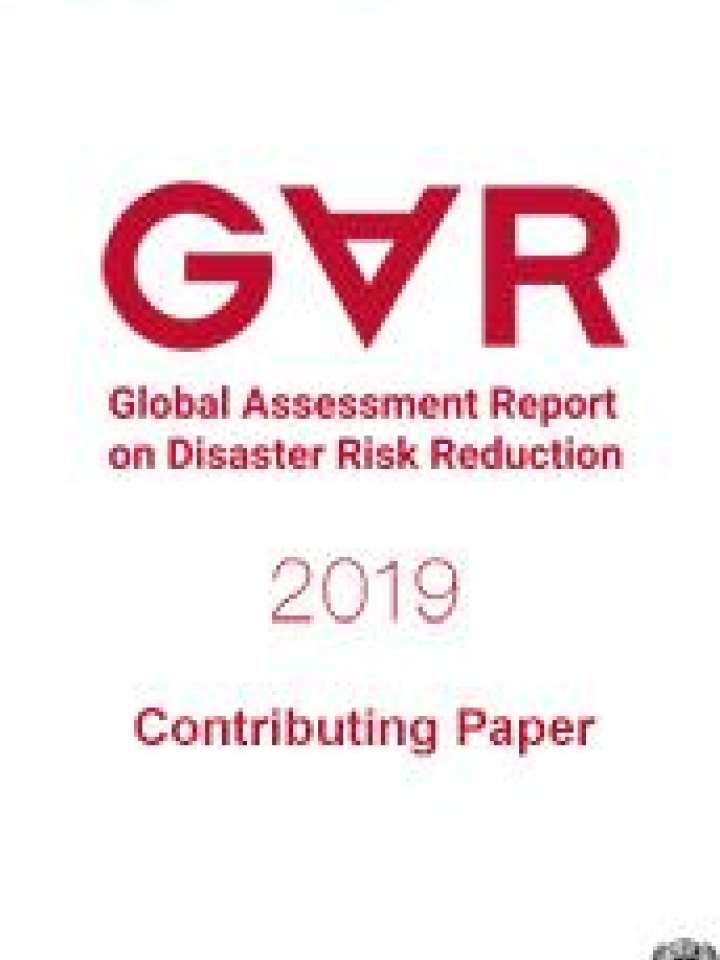The use of remote sensing to map landslide prone areas in Makhado municipality of Limpopo province, South Africa
Landslides can assume catastrophic and disastrous proportions causing immeasurable damage to life and property, and are one of the costliest natural hazards. In South Africa, despite significant strides made towards consolidating data on geohazards in the country, very few studies on mass movement have been documented.
Focusing on Khalavha Village, this study seeks to identify areas that are more susceptible to landslides; to identify the type of landslides that can occur in the area; and to map the associated slope classes in areas around Khalavha Village. The paper also aims to identify the areas which are susceptible to landslides; to identify types of landslides that occur in the study area; and to map slope classes most prone to landslides.
The report concludes that human activities, rainfall, deforestation, gullies, land use, slope steepness and increased agricultural activities are factors that can easily trigger the occurrence of landslides (mudflows) at Khalavha Village. An increase in population enhances depletion of environmental resources and increases the rate of deforestation, a factor that increases landslide activity in mountainous regions.
This paper is a contribution to the 2019 edition of the Global Assessment Report on Disaster Risk Reduction (GAR 2019).
To cite this paper:
Odhiambo, B.D.O.; Kataka, M.O. and Mashudu, M. The use of remote sensing to map landslide prone areas in Makhado municipality of Limpopo province, South Africa. Contributing Paper to GAR 2019
